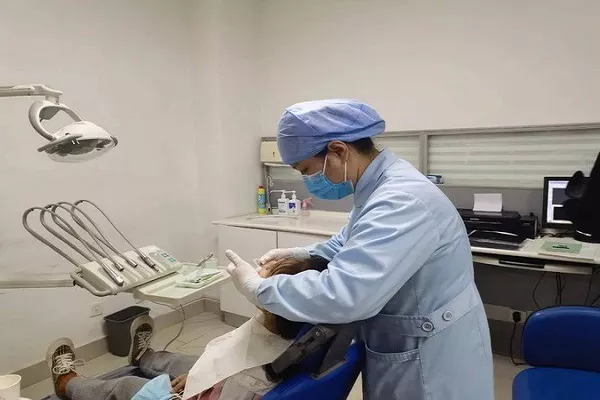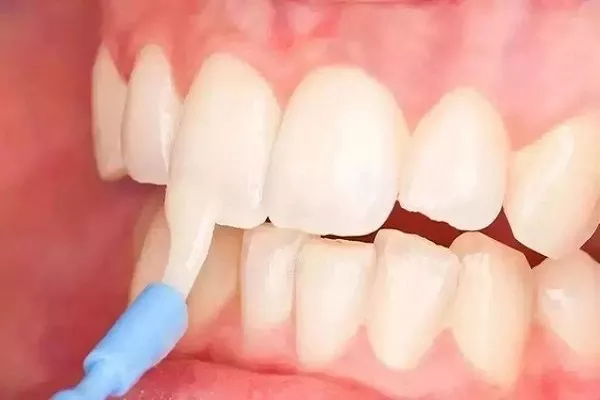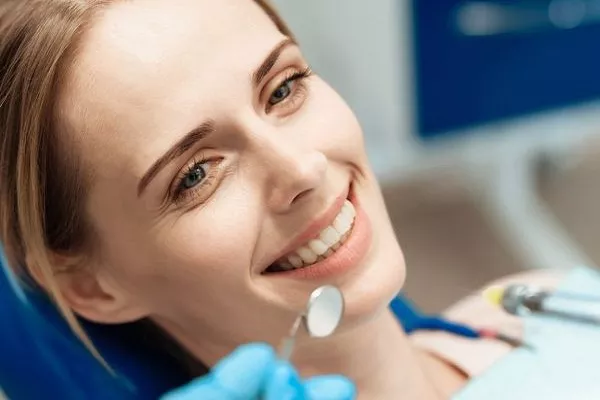Orthodontic services refer to the dental specialty that focuses on the diagnosis, prevention, and treatment of dental and facial irregularities. Orthodontic treatment can address a range of issues, including crooked teeth, overbites, underbites, crossbites, and other misalignments of the teeth and jaw.
Here are some of the most common orthodontic services
- Braces: Braces are a common orthodontic treatment that involves the use of metal or ceramic brackets attached to the teeth, with wires that apply gentle pressure to gradually move the teeth into the correct position.
- Clear aligners: Clear aligners, such as Invisalign, are a popular alternative to traditional braces. They are made of clear plastic and are virtually invisible, making them a discreet and convenient option for patients who want to improve their smile without the look of metal braces.
- Retainers: Retainers are often used after braces or clear aligners to help maintain the new position of the teeth. They can be removable or fixed, depending on the patient’s needs.
- Orthognathic surgery: Orthognathic surgery, also known as jaw surgery, may be recommended in cases where there are severe dental or facial irregularities that cannot be corrected with braces or clear aligners alone. This surgery can help to improve the function and appearance of the jaw and teeth.
- Space maintainers: Space maintainers are used to hold open spaces in the mouth when baby teeth are lost too early, in order to ensure that adult teeth can grow in properly.
- Palatal expanders: Palatal expanders are used to widen the upper jaw in cases where there is not enough room for the teeth to grow in properly.
- TMD/TMJ treatment: TMD/TMJ treatment involves the diagnosis and treatment of disorders of the temporomandibular joint (TMJ), which connects the jawbone to the skull. These disorders can cause pain and discomfort in the jaw, face, and neck.
Orthodontic services are typically provided by a licensed orthodontist, who has received specialized training in the field of orthodontics. To determine the best treatment plan for each patient, the orthodontist will perform a comprehensive exam, including x-rays and impressions of the teeth and jaw. Based on this exam, the orthodontist will develop a personalized treatment plan tailored to the patient’s specific needs and goals.
In conclusion, orthodontic services can include a range of treatments to address dental and facial irregularities, including braces, clear aligners, retainers, orthognathic surgery, space maintainers, palatal expanders, and TMD/TMJ treatment. If you have concerns about the alignment of your teeth or jaw, or are interested in improving the appearance of your smile, it is recommended to schedule a consultation with a licensed orthodontist to discuss your options.





























